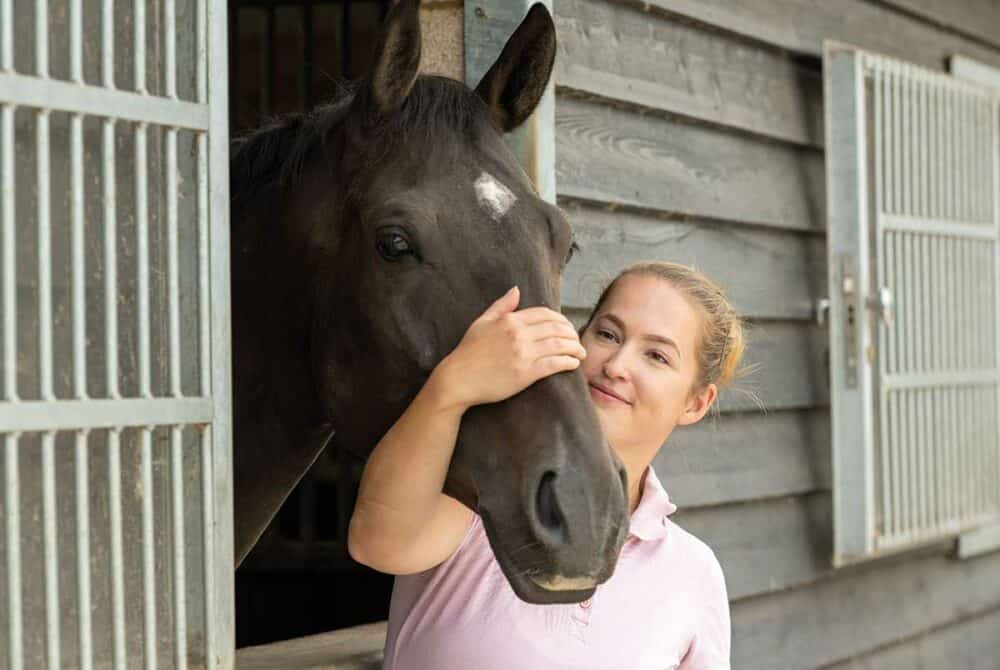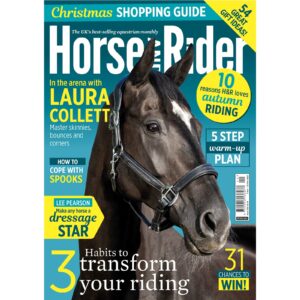How horses learn
Posted 28th October 2022
Anna Haines explains how horses learn – and the pitfalls of different methods

Understanding the way your horse learns is essential to get the best from him and develop a strong, trusting partnership. After all, horses are constantly learning – just like people! In fact, during every interaction you have with your horse he’s learning, so it’s important to ensure you’re communicating the right messages to him and recognising what he’s picking up.
Tailored training
All horses are unique and learn at different speeds, some seeming to be much quicker than others. Their genetics and life experience play a part in how well they learn and how confident they are to try new things, but fundamentally all horses learn in the same way.
In recent years there have been great strides made in equitation science research, resulting in better understanding. These advances enable us to choose the most ethical methods to train our horses while at the same time also being more effective trainers.
The first step in developing a training plan is fully understanding your horse’s innate behaviours. These have evolved over millions of years to enable him to avoid potential threats – as a prey species it’s an essential part of staying alive. In order to stay safe, a horse is primed to activate his flight response at the slightest sense of danger. But some things that may make a horse feel threatened might not even register to us – this is often where the first breakdown in communication happens. However, when you consider your horse’s innate drive to escape rapidly from danger, you’ll realise it’s incredible that he allows you to do most of the daily tasks you ask of him, from picking out feet to being ridden.
Well-conditioned
Horses learn through classical and operant conditioning. Classical conditioning is the formation of an association between two stimuli – for classical conditioning to occur these two stimuli must be close together in time and space, allowing an association to be formed easily. For example, a horse may learn that the noise of someone moving buckets in the feed room is associated with the arrival of food. Operant conditioning occurs when an animal learns that certain responses or behaviours are linked to particular consequences. Those consequences help to dictate whether he’s more or less likely to repeat that behaviour in the future.
Did you know?
While it isn’t essential to use food as a reward, it’s a powerful motivator because of the natural ethogram of the horse. Horses typically eat for 16–18 hours a day, so food is a very important resource for them and it’s easy to use this to your advantage when training to encourage behaviours or responses that you want.
To find out more about how horses learn, check out December Horse&Rider – on sale now!











